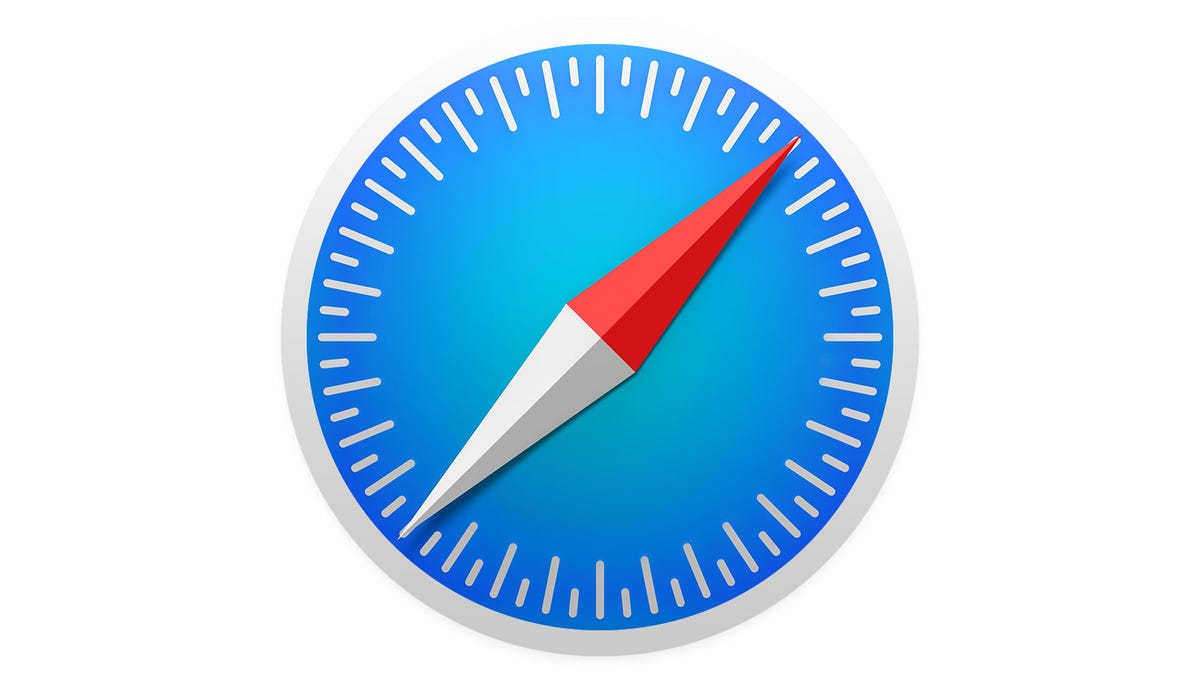Apple tests Google graphics format to speed up websites
Beta versions of the Safari browser support Google's WebP. It's an alternative to more standard image files like JPEG and GIF that could make web pages easier to download.

Apple's Safari browser runs on iPhones, iPads and Macs.
Apple has begun trial runs with a Google graphics technology in a significant endorsement for an effort get websites to load faster.
Support for that technology, an image format known as WebP, is built into test versions of iOS 10 and MacOS Sierra, the forthcoming editions of Apple's core software for iPhones, iPads and Macs. But WebP support is by no means certain: the beta versions aren't a commitment, and Apple could choose to remove WebP support when the final versions of the software ship in the coming weeks.
If Apple does choose to enable WebP, Safari users and eventually others could see some websites load faster. Facebook, for example, embraced WebP after the social network found the images are 25 percent to 35 percent smaller than JPEG, the most common image format. Google uses it extensively, too, saying its YouTube web page loads 10 percent faster by using WebP thumbnails.
Smaller file sizes also help people from bumping up against monthly limits on mobile phone data use.
Data compression technology figures prominently as the business idea behind the startup Pied Piper in the satirical TV show "Silicon Valley," but it's important in the real world, too. For example, Google's VP9 video compression technology helps the company deliver higher-resolution video on YouTube, and Dropbox developed its own image compression format, Lepton, so it can store data more cost-effectively.
Adding new image formats to the web isn't an easy decision for browser makers. Doing so adds more complexity and potential security problem to browsers. And once the web uses them widely, browser makers essentially must support those formats forever.
WebP is designed as an alternative not just to JPEG but also to the animated version of another decades-old format, GIF, and to PNG, a format that's convenient for graphical elements like logos. PNG has the useful ability to make part of an image is transparent, but it's poorly suited to compressing photos. WebP is good for photos and offers transparency, and animated WebP images are dramatically smaller than animated GIF images.
Apple's WebP support in its beta software, spotted in Mozilla's bug and feature tracking site and confirmed by CNET, doesn't extend to animated WebP, though.
And WebP doesn't have everyone convinced. Google was first to embrace WebP in its Chrome browser, and its support carries to smaller-name browsers including Opera, Brave and Vivaldi that use Chrome's core engine. But WebP support is "not currently planned" in Microsoft's older Internet Explorer browser and new Edge browser, and the company didn't comment further.
Firefox maker Mozilla in 2013 analyzed WebP and other JPEG alternatives but wasn't persuaded it offered a compelling advantage. Instead, it tried to improve JPEG compression. But the organization hasn't closed the door on WebP, and if Apple supports WebP, that could help coax Mozilla on board. That, in turn, could encourage web programmers to adopt the image format.
"We've always considered shipping WebP if other browsers than Chrome were going to ship it," said Martin Best, Mozilla's director of platform product management, in a statement. If Apple ships software with WebP support, "it makes it more likely that the rest of the web will support this format too, us included."

